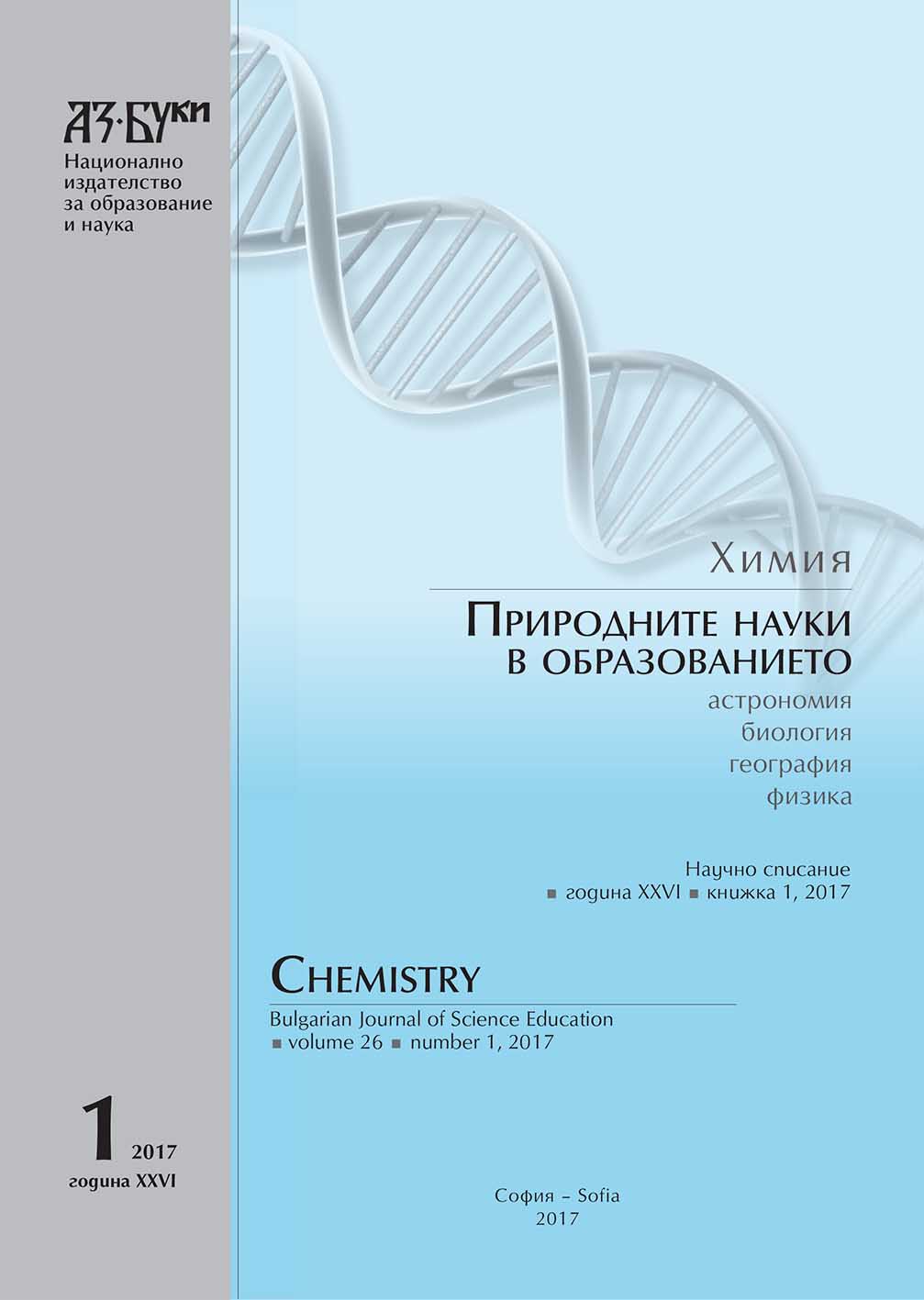Synthesis, Characterization, Molecular Modeling and Biological Studies of Co(II), Ni(II), Cu(II) and Zn(II) Complexes of Azodye Ligand Derived from 4-Aminoanthypyrine and 5-Bromocolicylaldehyde
Synthesis, Characterization, Molecular Modeling and Biological Studies of Co(II), Ni(II), Cu(II) and Zn(II) Complexes of Azodye Ligand Derived from 4-Aminoanthypyrine and 5-Bromocolicylaldehyde
Author(s): Satya Narayan ChauliaSubject(s): Social Sciences, School education, Vocational Education, Adult Education, Higher Education , Inclusive Education / Inclusion
Published by: Национално издателство за образование и наука „Аз-буки“
Keywords: azo dye; complex compounds; Gaussian 03 software; XRD study; SEM image
Summary/Abstract: A new azo dye ligand from 4-aminoantipyrine and 5-bromosalicylaldehyde that is 4-(2’-hydroxy-3’-formyl-5’-bromophenylazo)antipyrine and its Co(II), Ni(II), Cu(II) and Zn(II) complexes have been synthesized. The ligand and its metal complexes have been characterized by various techniques like analytical, IR, NMR, electronic, magnetic susceptibility, thermal, XRD and molecular modeling study. The spectral and analytical study predicts tridentate nature of the ligand, distorted octahedral geometry for Co(II), Ni(II) and Cu(II) complexes and distorted tetrahedral geometry for Zn(II) complex. The Computational study of the ligand and its metal complexes predicts global reactive descriptors and geometrical parameters. The thermal study of the Ni(II) complex reveals its thermal stability and fluorescence study of the ligand and its Zn(II) complex indicates their photo conducting properties. The XRD study of the Cu(II) complex reveals tetragonal crystal system for the complex. The investing compounds are potential bactericides as indicated from their antibacterial study and DNA binding study of the compounds indicates their DNA binding ability.
Journal: Химия. Природните науки в образованието
- Issue Year: 26/2017
- Issue No: 1
- Page Range: 66-89
- Page Count: 24
- Language: English
- Content File-PDF

